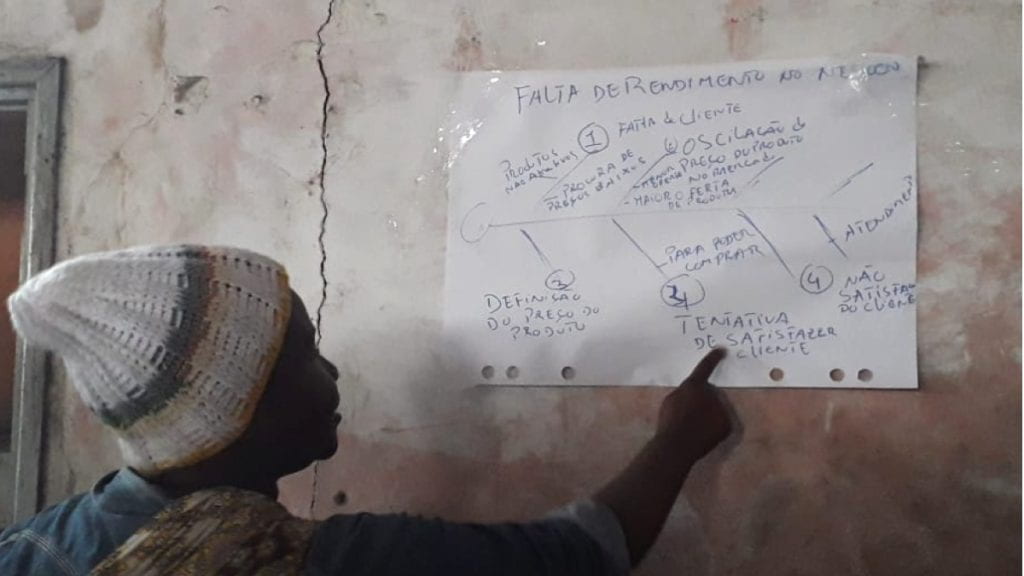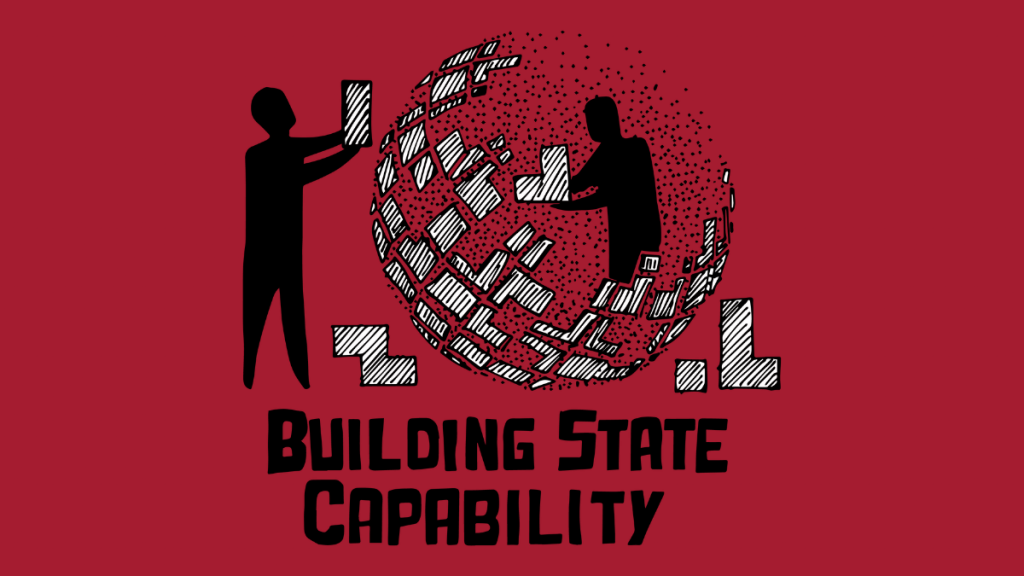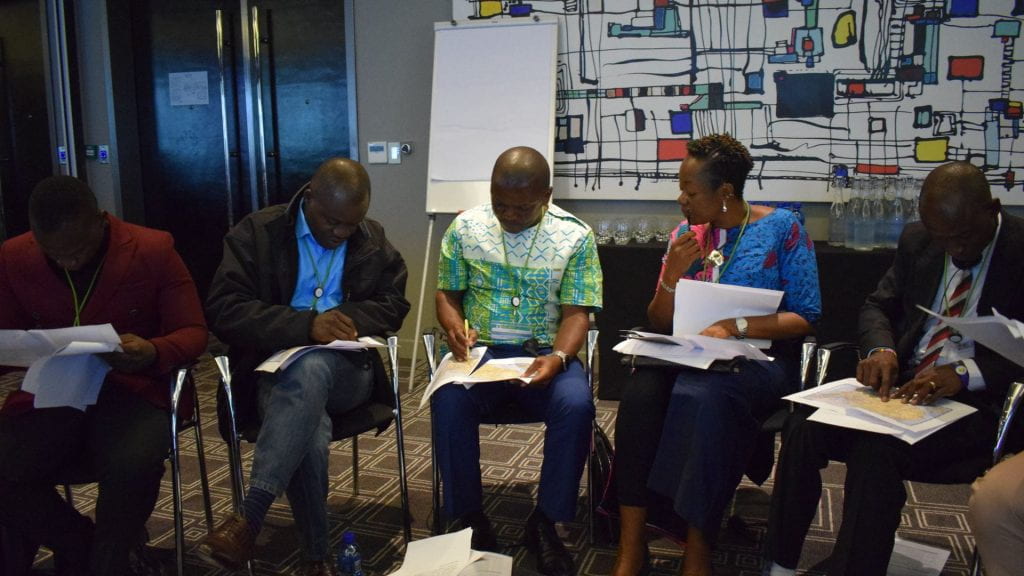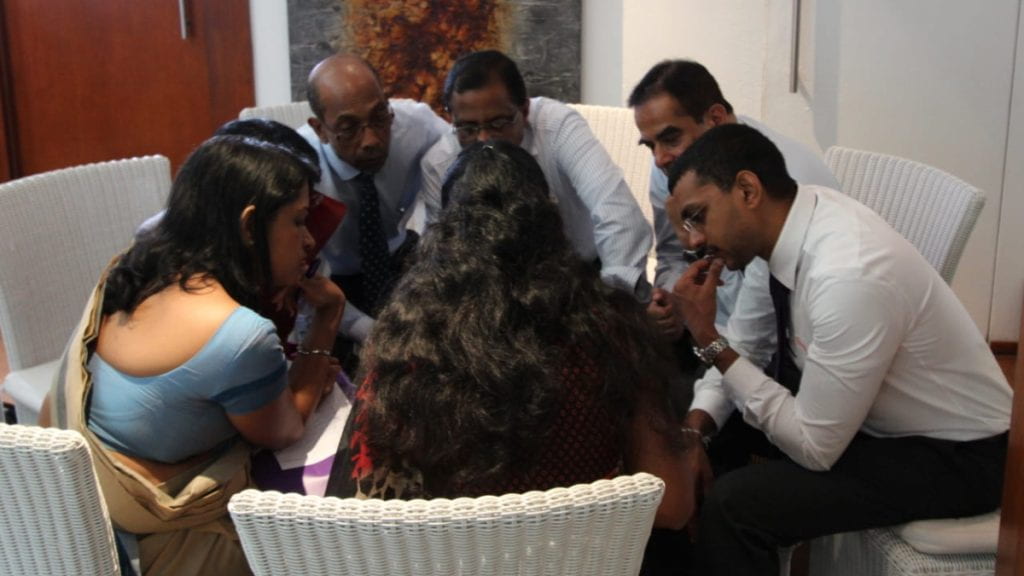Guest blog written by Rosie Pinnington and Iana Barenboim In Oxford Policy Management’s DFID-funded MUVA programme, informal female market sellers have been using the PDIA-inspired fishbone diagram to diagnose their own problems. This has helped them identify the factors that limit their businesses’ growth, allowing MUVA to be led by the views and experiences of the…Continue Reading Bottom-up PDIA and the fishbone diagram – “a tool for life, not just for business”
Bottom-up PDIA and the fishbone diagram – “a tool for life, not just for business”




